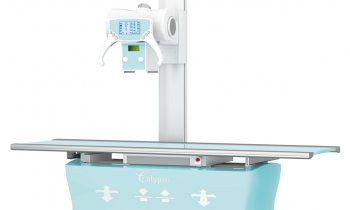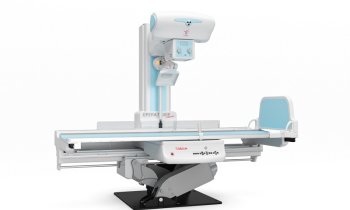Source: Unsplash/Ryoji Iwata
News • Pediatric resuscitation
Blindfolded training could help doctors save young lives
In a simulation training study, pediatric team leaders who wore a blindfold improved their leadership skills ratings by 11% over the course of 3 resuscitation scenarios, versus 5% for non-blindfolded leaders.
Published in Frontiers in Pediatrics, the findings demonstrate a promising tool for improving training and outcomes in pediatric resuscitation. “Our study suggests that blindfolding the leader during pediatric resuscitation simulation sessions might improve leadership skills training,” says lead author Dr Michael Buyck of the Geneva University Children’s Hospital, Switzerland. “Doctors rely heavily on simulation training to prepare for rare emergencies, so even a modest improvement like this might help save lives. Future studies should further assess the impact of blindfolded training at long-term follow-up sessions, and on clinical outcomes after pediatric resuscitation.”
Recommended article

Article • Shareconomy
App accelerates first responders’ deployment
Point-of-care diagnostics (POC) has been established for 20 years. Comprehensive smartphone coverage and ‘shareconomy’ technology are now helping to push the development from previous business models towards a point of patient model.
Thankfully, pediatric cardiac arrests are rare events both in and out of hospital. This presents a challenge for training doctors. “50% of residents report feeling inadequately trained to lead cardiac arrest teams in an internal medicine study because such events are too rare,” notes Buyck. “And pediatric residents receive even less exposure to resuscitation attempts than the average.”
As a result, simulation training is increasingly used to prepare medics for these and other rare medical emergencies. “Simulation-based training has been shown to be effective in teaching clinical, communication and leadership skills – improving pediatric residents’ confidence, and improving pediatric survival rate,” he adds. To continue improving resuscitation outcomes, researchers are seeking novel ways to maximise the skills gained during simulation training. “Some authors have evaluated the effect of blindfolding the leader, although not in a randomized controlled trial. Our objective was to evaluate the effect of blindfolding the team leader on leadership skills, using a randomized controlled trial design.”
Having a blindfolded leader requires other team members to verbalize all the important data and explicitly acknowledge instructions
Twelve teams – each composed of 1 pediatric emergency fellow, 1 pediatric resident and 2 pediatric emergency nurses – were randomly assigned to either the blindfold group or the control group. All teams participated in one session of five simulation-based resuscitation scenarios. Team leaders in the blindfold group wore a blindfold for simulations 2, 3 and 4. Simulations 1 and 5 were assessed by three expert evaluators blinded to the group allocation, who rated leadership skills using a standardized objective scale. Leadership score did not differ significantly between the two groups after simulation 1, and rose significantly more in the blindfold group than the control group at the end of the simulation 5: 11.4% versus 5.4%. There was no increase in stress or decrease in satisfaction in the blindfolded group.

Source: Unsplash/Ryoji Iwata
According to the authors, at least part of the effect of blindfolding on leadership skills could be due to an improvement in communication by the team as a whole. “Having a blindfolded leader requires other team members to verbalize all the important data and explicitly acknowledge instructions. Indeed, comparing simulation 5 with simulation 1 we found that teams who trained with a blindfolded leader became more likely than controls to respond to instructions with audible confirmation of receipt and completion of the task. Blindfolding might also improve leadership skills by helping the leader to avoid distraction by irrelevant details or participation in procedures, such as chest compressions.”
Since the effect of blindfolding on leadership skills training was small, the authors welcome further studies to assess the mechanism, clinical relevance and generalizability of their results. “Larger trials with long-term follow up are warranted based on these promising initial results. Supporting measures, like eye tracking to assess visual distraction in non-blindfolded leaders, could also help to determine how blindfolding affects leadership.”
Source: Frontiers
14.02.2019











